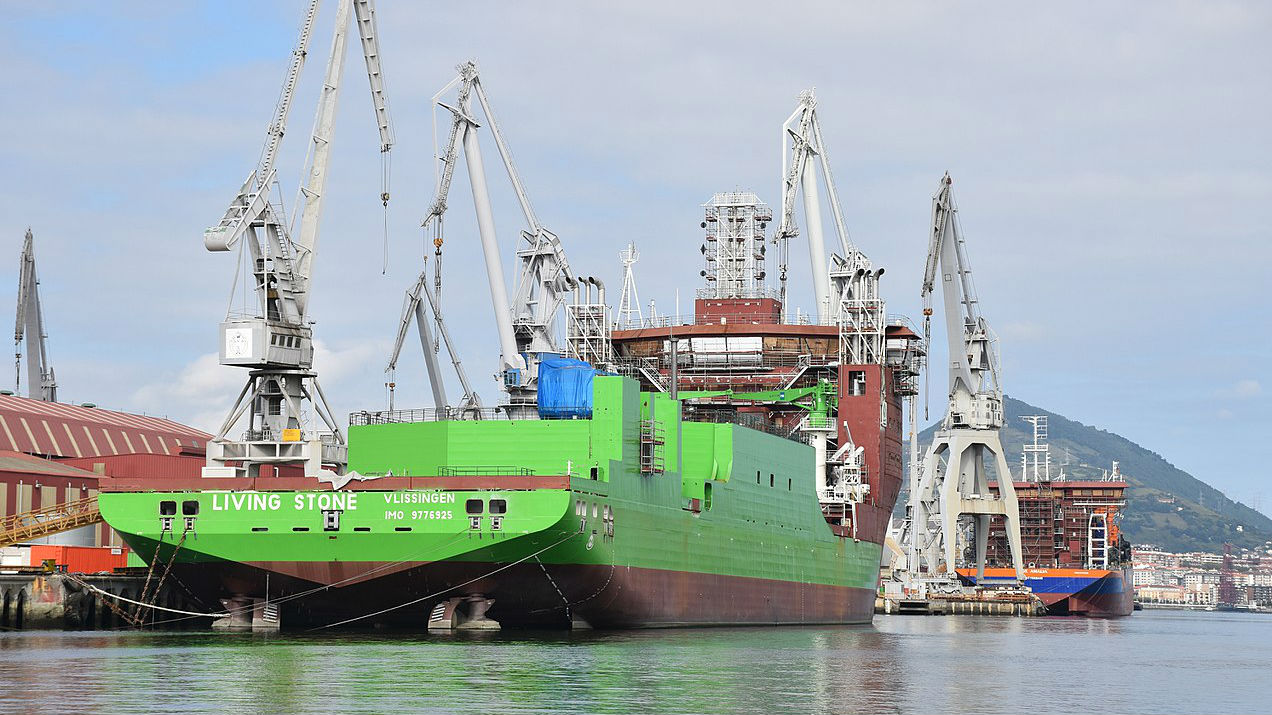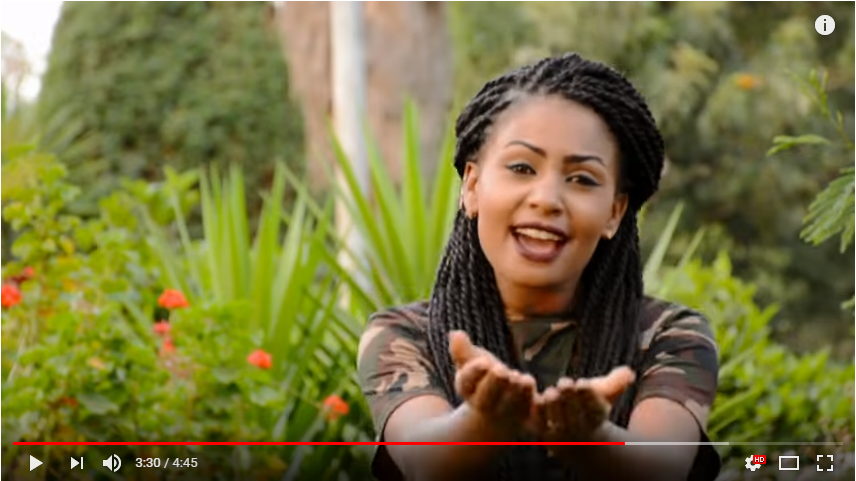Green ship is about marine biology, cleaner fuels, and energy wastage minimisation. Tweet this!
Cleaner fuels
Ships used to run on unrefined crude full with sulphur and environmentally-harmful impurities. This is because this type of fuel is the leftover of the oil refining process and extremely cheap when compared to



